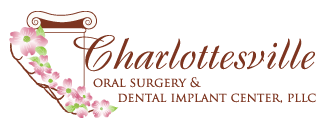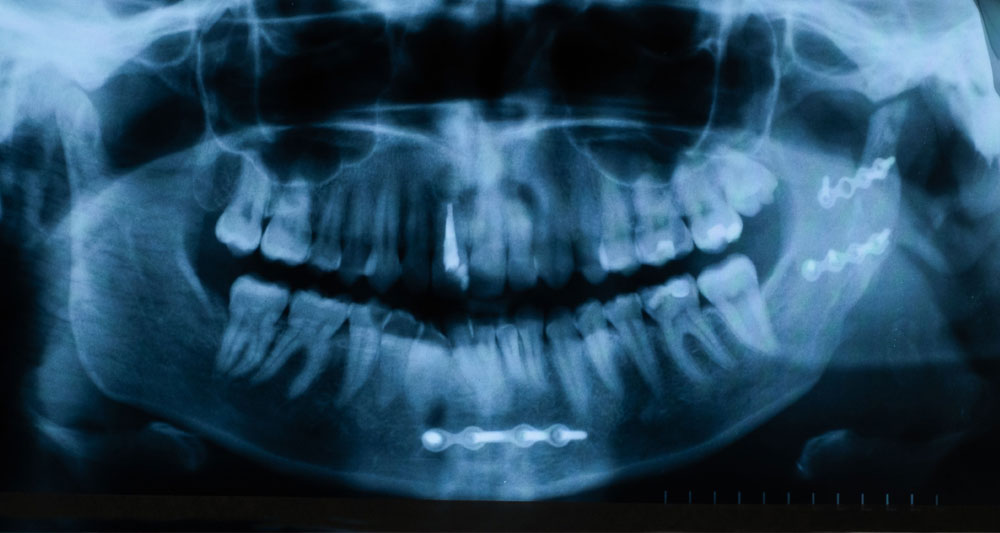Interventions To Address Facial Trauma
The information gathered by Dr. Ibanez at the evaluation, along with any prior medical records and imaging related to the injury, will be incorporated into the treatment plan.
- Fixation of fractures
- Surgical repair of soft tissue injuries
- Dental implant placement
The treatment plan will offer a comprehensive approach to addressing all of the issues resulting from your facial trauma. Depending on the nature of your injuries, multiple procedures may be needed, although we will do our best to consolidate them whenever possible for your convenience.
All surgical procedures used to treat facial injuries are performed with the patient under appropriate local anesthetic and general sedation for maximum patient comfort. Patients are given thorough written instructions for post-operative self-care and are encouraged to call our office if they have any questions or notice signs of complications.
Importance Of Follow-Up Care Following Facial Trauma
Some facial traumas can be severe enough to warrant initial treatment and stabilization at the local emergency department. In fact, Dr. Ibanez is affiliated with different hospitals in order to provide such care. However, in these instances, it is still essential to follow up with an oral surgeon.
The initial procedures performed in the immediate aftermath of facial trauma may only be temporary measures, intended to manage the situation until a more permanent treatment is available to the patient. Delays in follow-up care can lead to negative structural, functional, or aesthetic outcomes.

